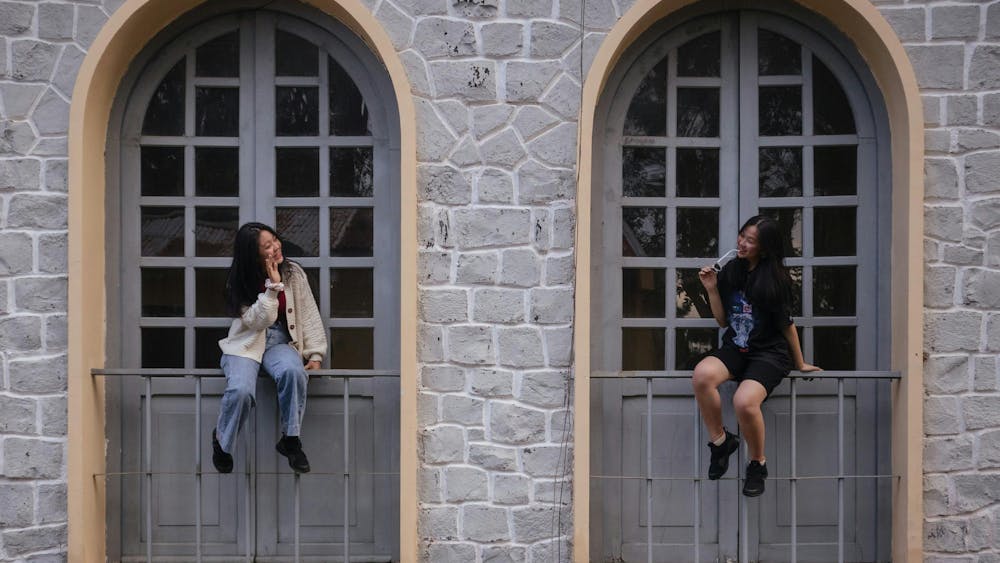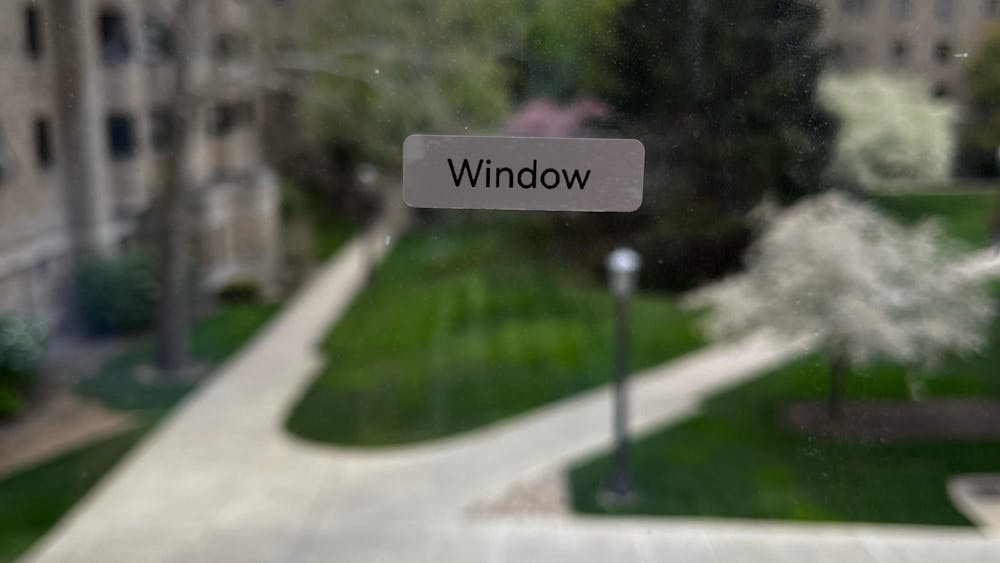Living away from home for the first time presents a number of challenges: learning to do laundry, remembering to eat without being reminded, finding time to do your homework and a whole host of other things that someone else used to take care of. But for a number of new students each year, living away from home for the first time presents additional challenges others might not think of or experience.
Currently, 14 of Notre Dame’s 29 undergraduate residence halls are not fully wheelchair accessible due to the fact that they either lack an elevator or require climbing stairs to enter. Yet, even amidst a wave of construction that includes the $400 million Campus Crossroads Project, there is no current plan to make every dorm fully accessible, despite the fact that these very buildings serve as foundations for Notre Dame’s undergraduate culture and community.
Something must change.
This week, we ran a series examining disability at Notre Dame and Saint Mary’s with a goal in mind: to create a conversation about how we care for all members of our community.
At Notre Dame and Saint Mary’s, community is of the utmost importance. Both schools stress that during their time here, students will find lifelong friends and become a part of a network that provides support and strives to uplift every student, faculty and staff member.
But in order for this community to grow and flourish, it must be inclusive. It must allow all of its members to have equal access to the opportunities our schools offer.
The Americans with Disabilities Act of 1990 (ADA) is a law that prohibits discrimination against people with disabilities. The law imposed a set of standards for new construction, requiring barrier-free designs that make the building accessible. Buildings constructed before 1992, however, must only be made accessible to people with disabilities to the maximum extent feasible.
Notre Dame’s buildings — both historical and modern — are all ADA compliant given the allowances made for historical buildings; however, in many cases, this is not enough. Students who are unable to climb stairs cannot enter or maneuver almost half of the dorms on campus.
The Notre Dame dorm culture provides a unique experience to students. When a student comes to Notre Dame, he or she is automatically placed in a residence hall, which for many becomes a home for the next four years.
A student should not be prevented from living in a specific dorm because of a disability; likewise, a student who is injured should not be forced to leave their community — even for just a few months — because they are unable to access their room.
While the situation at Saint Mary’s appears to be more promising, there is still room for improvement. By now, all Saint Mary’s buildings have ramps leading up to them and elevators inside. However, weather conditions can often make the College less accessible to students with disabilities.
In the winter, many students use Le Mans Hall to cut across campus and stay out of the cold. Because Le Mans only has a ramp on one side of the building, students who need wheelchairs or scooters are left having to go around the building, where paths are often icy or covered in snow.
On both campuses, Disability Services works to give students with disabilities the same opportunities to succeed by providing them with accommodations and modifications to courses, activities or facilities. However, these physical barriers threaten the pillar of inclusion on campus, which the Notre Dame and Saint Mary’s communities have worked so hard to build up.
About 90 percent of the 650 students registered with Notre Dame’s Sara Bea Learning Center for Students with Disabilities have non-visible disabilities. Though we should not exclude invisible disabilities from our discussions this week, we find the issue of physical accessibility particularly troubling because there are no long- or short-term strategic plans to address accessibility within the residence halls.
As an editorial board, we believe it is not enough for the University and College to merely comply with the ADA. This is not an issue of the law, it is an issue of taking care of people in our community.
We see the construction happening on both campuses and believe having a community that is completely accessible for people with disabilities needs to be included for future renovations. We urge Notre Dame and Saint Mary’s to go beyond what is required under ADA. Students should not have to uproot their lives if they find themselves injured and living in a dorm without an elevator. Students with permanent physical disabilities should not be limited in the dorms they can inhabit and the places they can go.
These changes will not happen overnight, but the University and College must create a plan to make all undergraduate living spaces fully accessible to all students.













